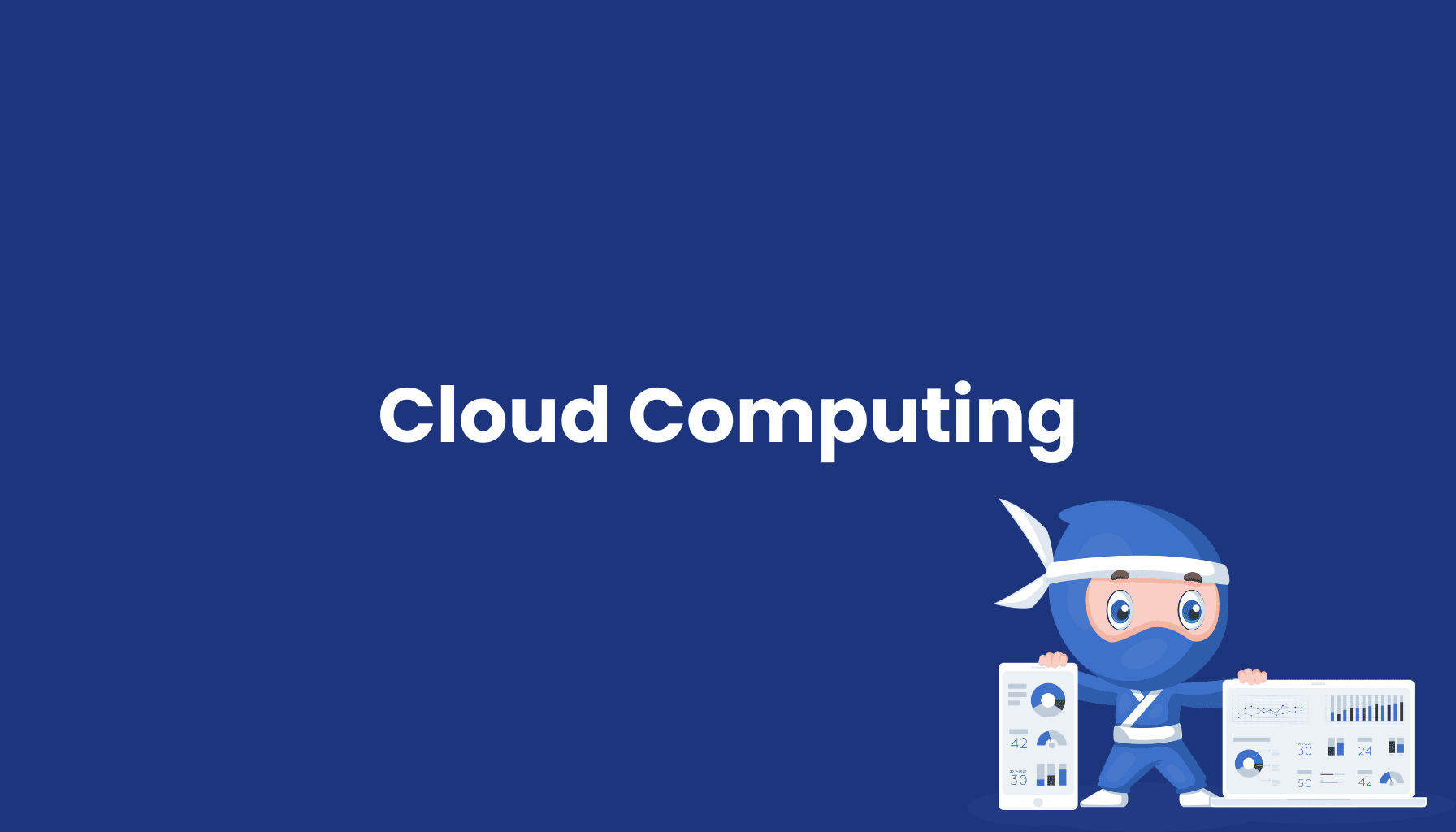Cloud Computing

What is Cloud Computing?
Cloud Computing refers to the provision of IT resources such as computing power, storage, and software applications via the internet. Users can access these resources flexibly on-demand without needing to operate local hardware or software, paying only for what they use. This model improves cost-efficiency, flexibility, and operational efficiency.
Benefits of Cloud Computing
-
Flexibility and Scalability
Cloud services enable rapid adjustments of IT resources based on demand, whether for additional storage or processing power. -
Cost Efficiency
By paying only for used resources, companies can reduce expenses on hardware investments and maintenance, optimizing budgets. -
Location Independence
Cloud services are globally accessible, allowing data and applications to be reached from anywhere, fostering collaboration and remote work.
Applications of Cloud Computing
Cloud Computing is utilized across all sectors of IT, from data storage to application delivery and complex computational tasks.
- Data Storage: Secure and flexible storage of large data volumes.
- Software-as-a-Service (SaaS): Applications are provided directly via browser without the need for installation.
- High-Performance Computing (HPC): Used for complex computations in fields like research and data science.
- Machine Learning and AI: Training and deploying machine learning models and AI applications.
Challenges of Cloud Computing
-
Data Security and Privacy
Sensitive data stored in the cloud requires high security standards and compliance with stringent data protection regulations. -
Dependency on Internet Connection
A stable internet connection is essential for accessing cloud services, particularly for high-performance applications. -
Integration with Existing IT Systems
Integrating cloud solutions seamlessly with existing local systems can pose technical and organizational challenges.
The Future of Cloud Computing
Cloud Computing continues to evolve, with emphasis on:
- Artificial Intelligence (AI) and Machine Learning: Integrated AI tools and automation enhance capabilities, creating new possibilities for data analytics and process optimization.
- Edge Computing: Merging with edge technologies to process data locally, reducing latency and enabling real-time applications.
- Multi-Cloud Strategies: Companies are adopting a mix of cloud providers to increase flexibility and mitigate risks.
Conclusion: Cloud Computing is foundational to digital transformation, providing companies with a flexible, scalable, and cost-effective IT infrastructure. With emerging capabilities in AI and machine learning, Cloud Computing enables businesses to optimize processes and drive forward innovation, making it an essential technology for the digital age.




.png)